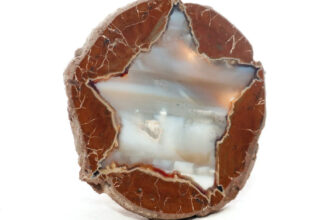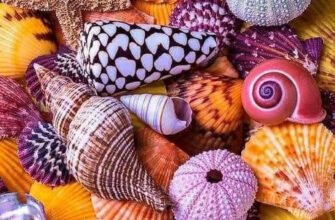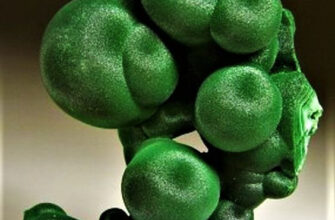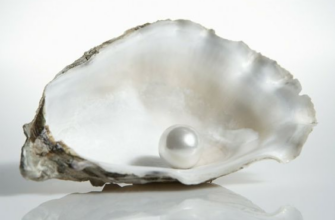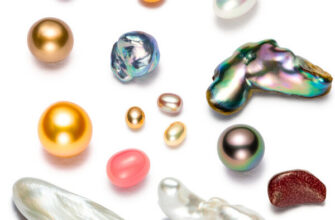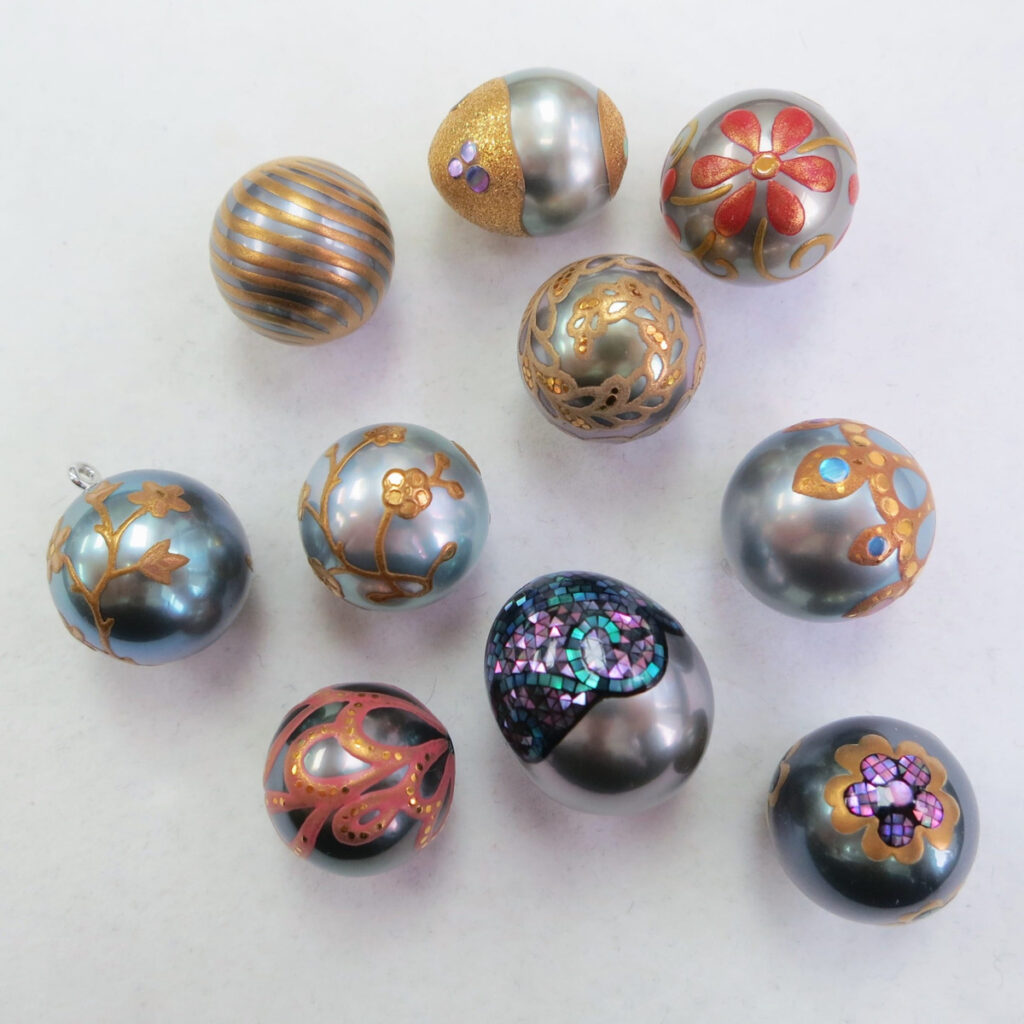Birmite is a rare variety of amber, characterized by good hardness, which allows it to be cut like other precious stones.
This beautiful stone is mined in southeast Asia, in Myanmar, which used to be called Burma - hence the name amber. The color of the birmeite varies from light yellow to dark brown. In Europe, its existence has been known for more than two centuries. But in Asia it has been used for 2 thousand years.
Like other types of amber, birmite boasts a huge age - scientists initially leaned towards 50 million years, and later stated that the samples found were at least 97 million years old.
Burmite properties

The chemical composition of birmite in general can be written as follows: about 80% carbon, 11,5% hydrogen, 8,43% oxygen and 0,02% sulfur. Its hardness on the Mohs scale can reach 3 units. The last point is one of its most remarkable qualities, because thanks to this, bermite can be cut like Dominican blue amber, the leader in hardness among petrified resin.
Like any amber, Burmese amber also conducts electricity poorly, but it is well electrified.
An interesting fact: the property of amber to attract sawdust and light objects, if rubbed against wool or skin, was first noticed by the Greek philosopher Thales of Miletus, and the word "electricity" itself comes from the Greek "elektron" - "amber" (there is a theory that from the Latin " electricus", one of the meanings of which is also "amber").
Interesting Facts About Burmese Amber
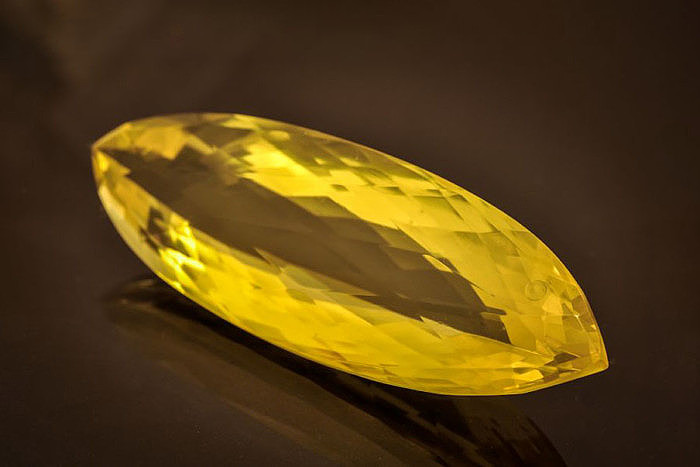
In addition to high hardness birmite is known for multiple inclusions of representatives of flora and fauna. One of the richest collections of Burmese amber is kept at the American Museum of Natural History in New York. Over 3000 species of insects: earwigs, ants, praying mantises, and plant fragments.
A unique discovery was made in 2016: part of a dinosaur's feathered tail was found inside a piece of Burmese amber. This helped draw attention to the huge potential of amber as a tool for studying complex ancient organisms and animals "in volume".
The largest birmite is in the London Museum of Natural History, its weight is 15 kilograms. There is also the second largest collection of amber with "live" inclusions - it has 1200 items.
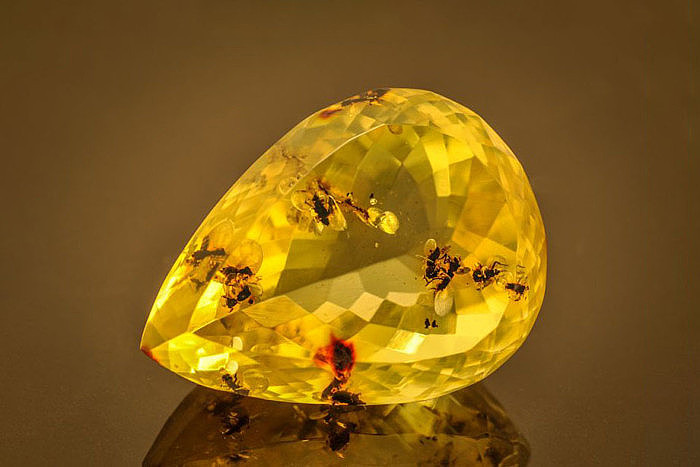
Perfectly transparent beermite is a collector's rarity. And, as mentioned above, such stones can be cut, but not every master will take up this work due to its high complexity. The main form of presentation of amber is still a polished cabochon.
And although birmite is much harder than ordinary amber, it also requires careful care and cleaning in accordance with certain rules.

